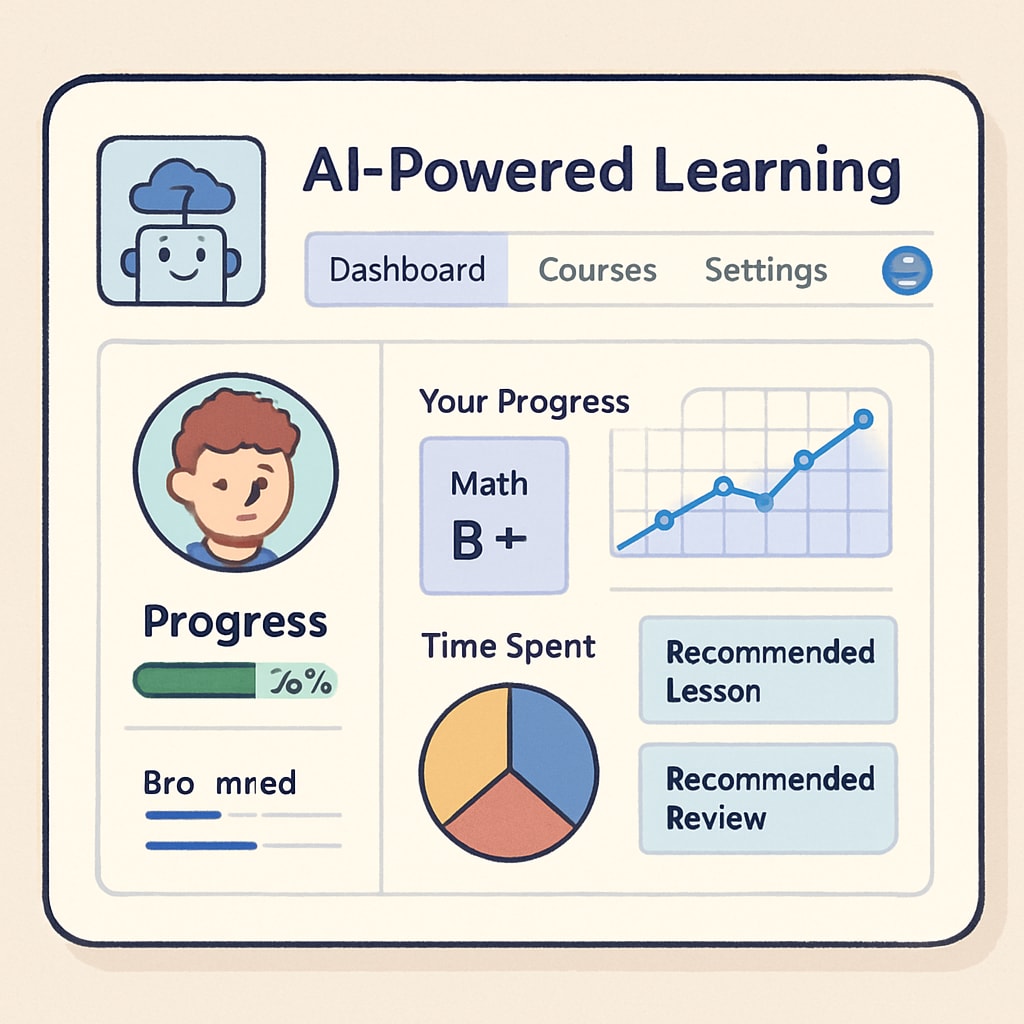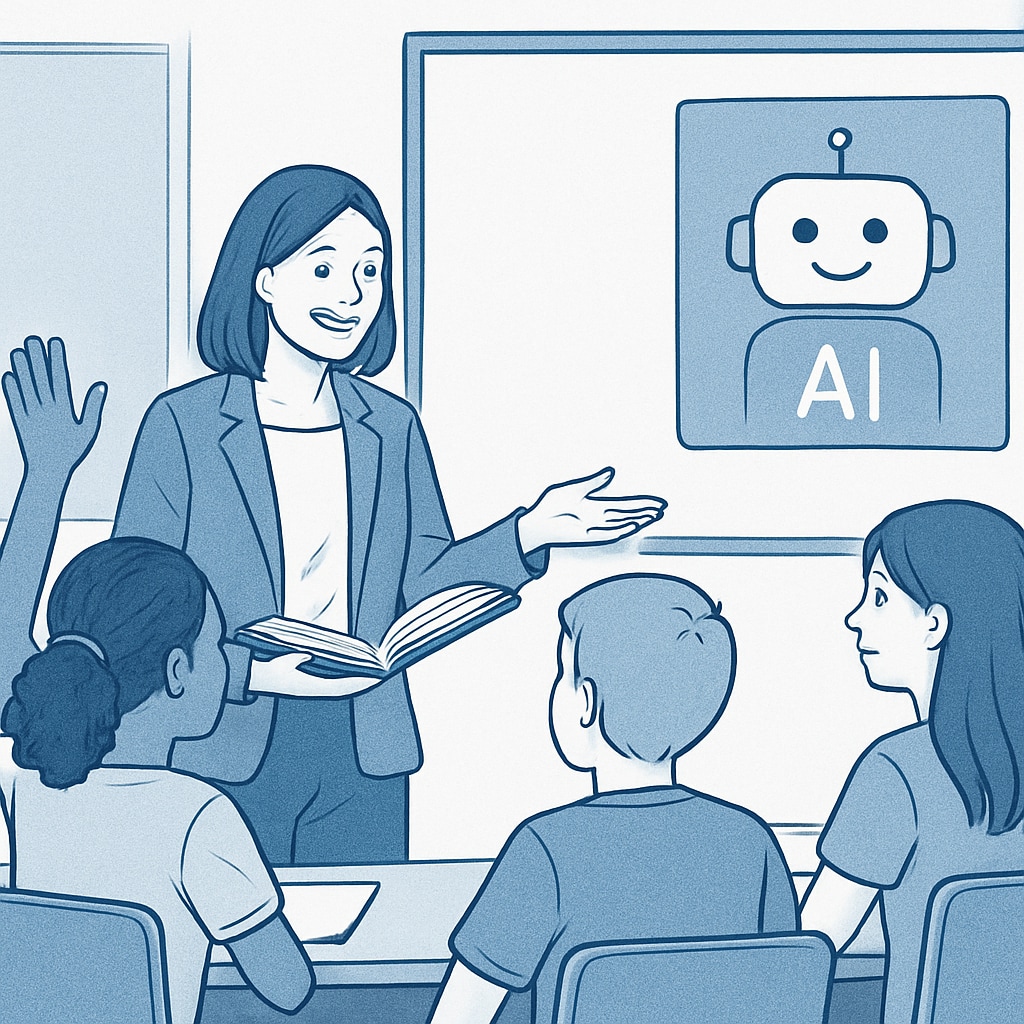The advent of artificial intelligence (AI) is ushering in a new era for school education, with its influence poised to transform traditional teaching and learning models. The next decade will witness AI driving innovations in personalized learning, redefining the role of educators, and fostering equitable access to educational resources. As the K12 education landscape evolves, understanding the potential impact of AI on school education is crucial for educators, policymakers, and students alike.
AI-Driven Personalized Learning: A Game-Changer for Students
One of the most significant contributions of artificial intelligence to education is its ability to enable personalized learning. AI-powered systems analyze individual learning patterns, strengths, and weaknesses to tailor educational content to each student. For example, platforms like Khan Academy and Duolingo already utilize AI to adapt lessons based on a learner’s progress, ensuring that students receive the right level of challenge and support.
This customization not only enhances academic performance but also fosters a deeper engagement with the material. As a result, students can progress at their own pace, making learning more inclusive for those who may struggle with traditional, one-size-fits-all classroom approaches.

Redefining the Role of Educators in the AI Era
While some fear that AI could replace teachers, the reality is likely to be far more collaborative. AI tools can handle repetitive tasks such as grading and administrative work, freeing up educators to focus on more meaningful interactions with students. This shift allows teachers to take on the role of facilitators and mentors, guiding students through critical thinking, creativity, and problem-solving skills.
For example, AI-enabled virtual assistants can provide instant feedback on assignments, while educators use the insights to design more effective lesson plans. This partnership between technology and teachers has the potential to create a more dynamic and responsive learning environment.

Promoting Equity Through AI in Education
Access to quality education remains a global challenge, but AI offers promising solutions to bridge this gap. AI-powered tools can democratize learning by providing low-cost, high-quality educational resources to underserved communities. For instance, initiatives like One Billion Voices leverage AI to deliver literacy programs to remote areas, ensuring that no student is left behind.
Furthermore, AI can identify and address systemic biases in education by analyzing data trends. This capability helps schools allocate resources more effectively, ensuring that every student has access to the tools they need to succeed.
Challenges and Ethical Considerations
Despite its potential, integrating AI into education comes with challenges. Privacy concerns, data security, and the risk of over-reliance on technology are significant issues that must be addressed. Additionally, the digital divide could widen if access to AI tools is limited to affluent schools and communities.
Ethical considerations also arise when using AI to analyze student data. Transparency and accountability must be prioritized to ensure that these technologies are used responsibly and do not compromise students’ rights.
Embracing the Future of Education
To fully harness the benefits of artificial intelligence, educators and policymakers must proactively adapt to these changes. Investing in teacher training, developing ethical guidelines, and ensuring equitable access to technology are critical steps in creating an inclusive and effective AI-driven education system.
As we stand on the brink of this transformation, the integration of AI into school education offers an unprecedented opportunity to reimagine learning. By embracing this technological revolution, we can prepare students for a future where adaptability, creativity, and lifelong learning are essential.
Readability guidance: This article employs short paragraphs, clear subheadings, and concise language for easy comprehension. Transition words like “however,” “for example,” and “in addition” ensure logical flow, while lists and examples illustrate key points effectively.


